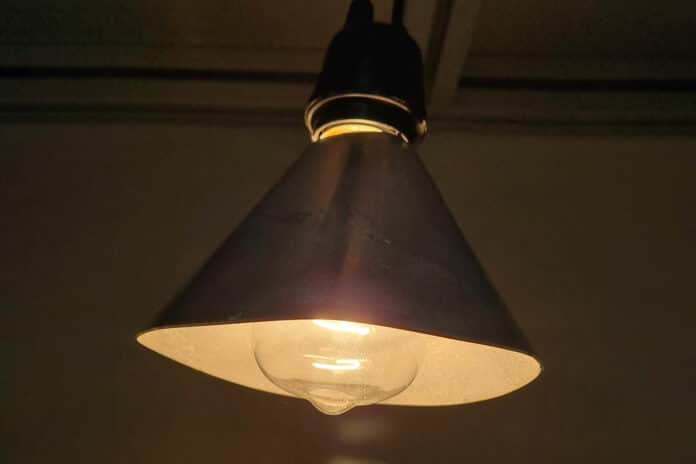The air inside our homes and buildings (indoor air) can be just as poor quality and harmful to our health as the polluted air outside. This is due to the presence of volatile organic compounds (VOCs), which are made up of toxic chemicals like acetaldehyde and formaldehyde. These chemicals are released by paints, cleaners, air fresheners, plastics, furniture, cooking, and other sources.
To tackle this issue, researchers at South Korea’s Yonsei University have designed catalyst-coated lampshades that transform indoor air pollutants into harmless compounds. The lampshades work with halogen and incandescent light bulbs, and the researchers are extending the technology so it will also be compatible with LEDs.
Conventional methods to remove VOCs from indoor air utilize activated carbon or other filtration media that periodically have to be replaced. Homeowners can also use devices that break down VOCs with the help of thermocatalysts activated by high temperatures or with photocatalysts when heated or exposed to light. But most of these devices need a separate heater or an ultraviolet (UV) light source, which can produce unwanted byproducts.
The team’s approach simply requires a visible light source that also produces heat and a lampshade coated with a thermocatalyst. Made of titanium dioxide and a small amount of platinum, this material is triggered to break down VOCs when warmed by the lamp’s existing halogen or incandescent bulb.
Researchers applied the coating to the inside of an aluminum lampshade and placed the shade over a 100-watt halogen bulb in a test chamber containing air and acetaldehyde gas. Turning the lamp on heated the shade to temperatures up to about 250 degrees Fahrenheit (121 degrees Celcius) – warm enough to activate the catalysts and decompose acetaldehyde.
It was found that the coating quickly converted the acetaldehyde gas into acetic acid, then into formic acid, and finally into carbon dioxide and water. Researchers also found that formaldehyde can be decomposed under the same conditions and that the technique works with incandescent bulbs. The acids are claimed to be mild, and the amount of carbon dioxide released is harmless.
Researchers are now looking for ways to extend the pollution-destroying lampshade concept to LEDs, a fast-growing segment of the lighting market.
However, unlike halogen and incandescent bulbs, LEDs release too little heat to activate thermocatalysts. So, the team is developing photocatalysts that are simulated by the near-UV light emitted by LEDs and other catalysts that transform part of the LEDs’ visible light output into heat.
“Our ultimate goal is to develop a hybrid catalyst that can utilize the full spectrum produced by light sources, including UV and visible light, as well as waste heat,” said Hyoung-il Kim, Ph.D., the project’s principal investigator.
